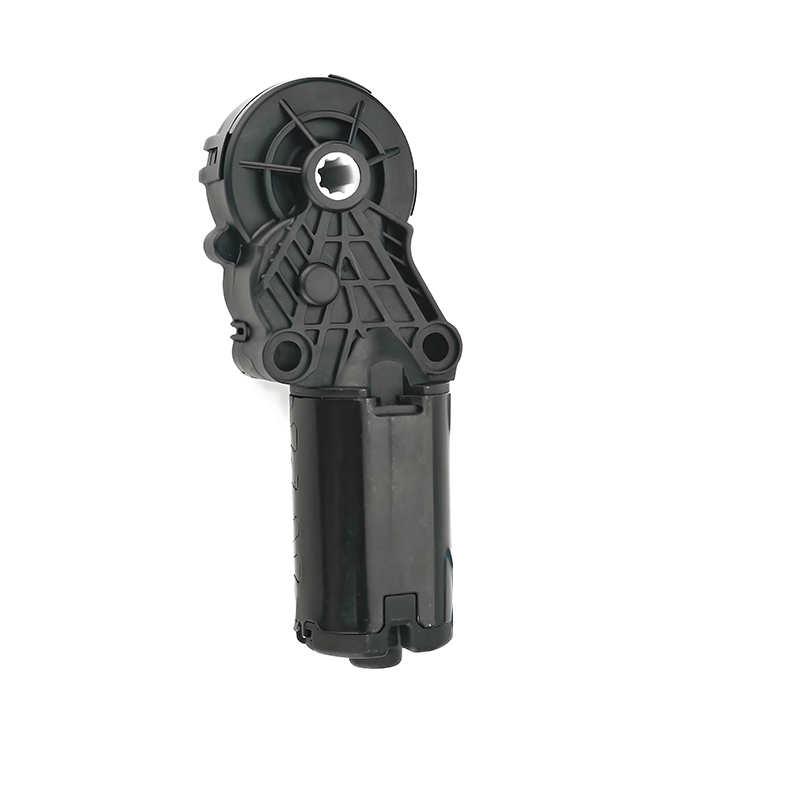The sunroof motor's exposure to rain, dust, and temperature fluctuations creates unique challenges. Traditional motors may suffer from moisture ingress, pilot to corrosion or electrical faults, which compromise performance and safety. This new sunroof motor addresses those concerns by incorporating advanced sealing technologies that protect the internal components from water penetration without affecting motor efficiency or responsiveness.
One of the important aspects of this development is its relevance to related automotive motors, such as the electric window motor and the windshield motor. Both the electric window motor and windshield motor face similar challenges due to their placement on or near the vehicle exterior. Ensuring water resistance in these motors contributes to overall vehicle reliability and user comfort. As such, the innovations used in the sunroof motor's water-resistant design offer potential applications across these related motor types.

The leakproof testing conducted on the sunroof motor involved a variety of scenarios simulating real-world conditions. Motors were exposed to water jets at different angles and pressures to replicate heavy rainfall, car washes, and splash situations. Throughout these tests, the motor's casing remained intact, with no signs of water entering the internal housing. This outcome demonstrates the effectiveness of the motor's sealing system and validates the design's ability to protect sensitive electrical components.
While the sunroof motor focuses on opening and closing the sunroof smoothly and quietly, the electric window motor and windshield motor also have critical operational roles. The electric window motor controls the rise and fall of the car windows, which must be swift, reliable, and safe, while the windshield motor powers the windshield wiper system that ensures clear visibility in adverse weather conditions. By developing motors that are resistant to water infiltration, manufacturers can extend the operational life of these components, reduce maintenance issues, and improve overall vehicle safety.
Beyond the leakproof testing, the sunroof motor was subjected to temperature cycling to simulate cold and heat conditions. These tests ensure that seals maintain their integrity across a range of temperatures without shrinking or cracking. The electric window motor and windshield motor are often exposed to similar temperature variations, so the findings from this testing provide valuable insights for improving those motors as well.
The materials used in the motor housing are carefully selected to resist corrosion while maintaining a lightweight profile. This approach balances durability with fuel efficiency goals by keeping component weight low. Additionally, the motor's internal design incorporates features that help dissipate heat generated during operation, which can otherwise accelerate wear and reduce lifespan.
Water resistance in automotive motors is more than a convenience—it's a safety feature. Moisture inside a motor can cause short circuits, unexpected stops, or erratic behavior, especially when the motor controls important functions such as window movement or windshield wipers. By successfully passing leakproof testing, the sunroof motor offers a greater level of confidence in its ability to perform reliably in wet conditions.
For consumers, this translates into smoother experiences with vehicle features during rainy or snowy days. Drivers can expect the sunroof to open or close without hesitation, windows to operate without failure, and windshield wipers to maintain consistent speed and responsiveness. These improvements enhance driver comfort and safety simultaneously.
The integration of sealing technologies does not come at the cost of increased energy consumption. The new sunroof motor maintains efficient power use, which is essential given the increasing number of electric components in modern vehicles. Similar principles are applied in the electric window motor and windshield motor, where efficiency is a key consideration alongside durability.
Looking ahead, these advancements in water-resistant motor technology may influence the broader field of automotive electric motors. As vehicles incorporate more electric features, ensuring that each motor withstands environmental challenges becomes essential. The lessons learned from the sunroof motor's development and testing are valuable for engineers focused on improving the electric window motor, windshield motor, and other critical components.
In conclusion, the sunroof motor's successful passage of leakproof testing highlights important progress in automotive motor design. By emphasizing water resistance, durability, and efficiency, this motor supports the reliable operation of the sunroof, even under demanding environmental conditions. Its connection to similar products like the electric window motor and windshield motor underscores the broader impact of such innovations. Together, these developments contribute to the overall quality, safety, and comfort of modern vehicles, responding to both manufacturer requirements and consumer expectations.
Your email address will not be published. Required field are marked*